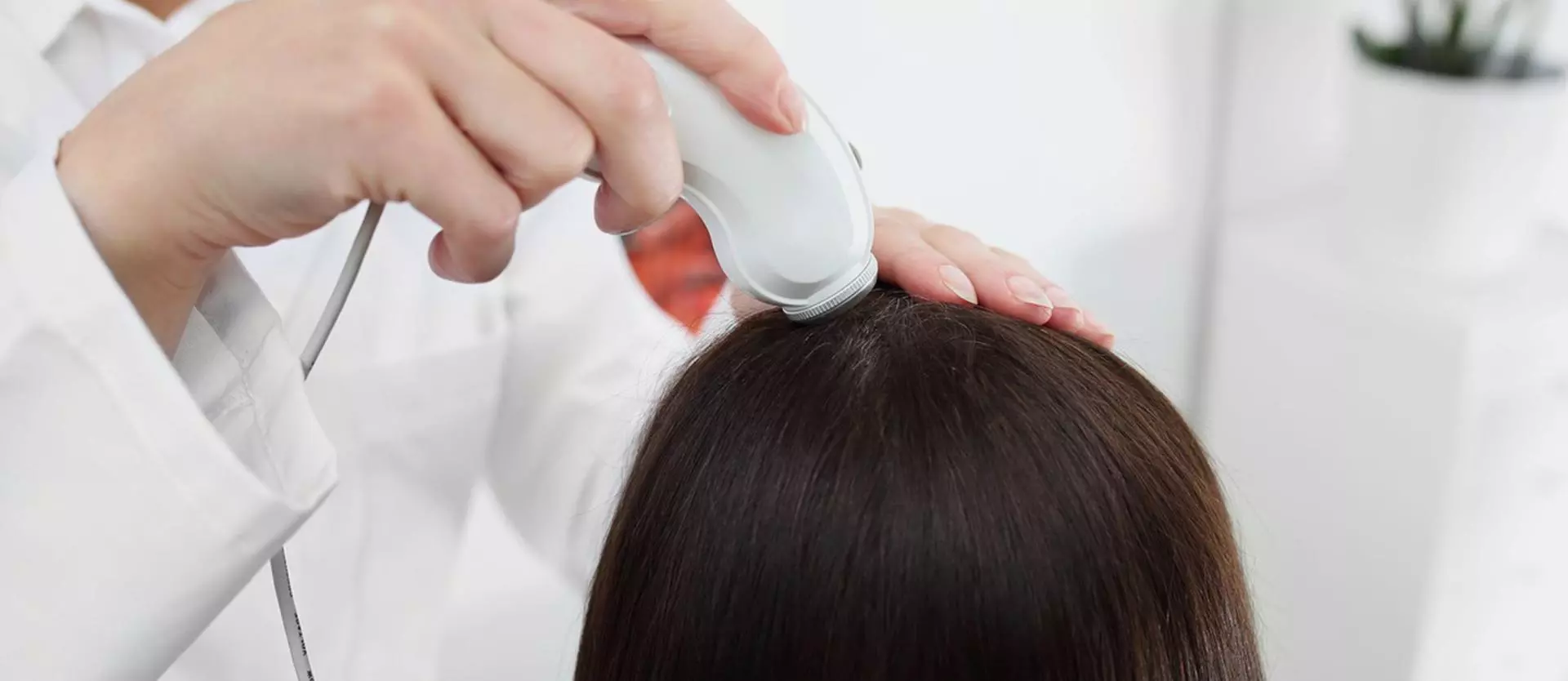For many people, a condition called cicatricial alopecia, or scarring alopecia, can be a worrisome condition. This type of condition refers to a condition in which a person loses his or her hair – though there are several reasons why this could occur. This form of alopecia refers to a set of conditions which make up about three percent of all hair loss experienced by men and women who are otherwise healthy. What should you know about it? Even though it is rather rare, there are plenty of reasons to understand this condition.
What Conditions Fall Under Scarring Alopecia?
The conditions that fall under this type of alopecia include the following:
- Eosinophilic pustular folliculitis
- Dissecting cellulitis
- Follicular degeneration syndrome (sometimes called hot comb alopecia, or central centrifugal cicatricial alopecia)
- Lichen planopilaris
- Folliculitis
- Decalvans and others
The bottom line here is the condition causing the alopecia leads to a permanent form of hair loss. There is no way to improve the damage to the hair follicles that occurs. Rather, the condition causing it damages the hair follicles significantly, allowing scar tissue to form in them. This makes it impossible for hair to grow into the follicle.
What Does It Look Like?
In most situations, scarring alopecia develops over time. A small patch becomes larger, in most cases. However, it is hard to notice in some situations. Because only a small area is initially impacted, many people do not notice it initially. However, in some situations, individuals can have other symptoms such as pain in the area, itching, or burning.
Unlike a traditional alopecia patch, in scarring alopecia, the condition does not create a round circle of hair loss. Rather, the edges tend to be more ragged. Still, the areas impacted tend to be smooth and in a round shape overall. There is generally no swelling or discoloration here. In some forms, there can be some level of scaling present and redness can occur in some situations. Though less common, some conditions develop with blisters and pus.
How Does the Condition Worsen?
As noted, the condition begins with a small patch. Over time, this worsens. It spreads outward. However, it eventually simply stops growing. If there is any inflammation of the skin, it typically will simply fade away and stop occurring. Any pain associated with the condition also goes away over time. How long this takes depends on the underlying cause of the condition. In some cases, it can happen quickly while other times it can continue for years.
What Treatment Options Are Available?
Because there is no way to fix the underlying damage done by the condition to the hair follicles, it may initially seem like there is nothing that can be done. This is not necessarily the case. Scarring alopecia does cause damage that cannot be fixed. However, treating the inflammation occurring can help. First, it allows for treatment of the condition to limit it from spreading – such as caring for blisters or handling skin that may become infected. Over time, this can help slow or stop the progression and damage.
There are some situations in which topical creams are used. Injections into the impacted skin is also an option. These work as anti-inflammatories. They work to stop the spread of the condition and help to isolate the expansion of the damage. The key to doing this, though, is early treatment. Since this condition begins with small patches of hair loss, spotting this as soon as it begins to develop can provide doctors with enough time to treat it to prevent it from spreading.
More advanced treatments can occur once the condition stops expanding. At this time, all of the hair follicles are gone – they cannot regrow hair. As a result, there is no way to encourage hair growth in the area. This is when custom hair and scalp prosthetics may be used to fill in the areas of permanent hair loss.
The key to treating scarring alopecia is to notice it as soon as it begins to occur. Early diagnosis and treatment of the underlying condition are important. It can help to minimize the amount of hair loss you suffer. To learn more contact the team at Unique Hair Concepts.






